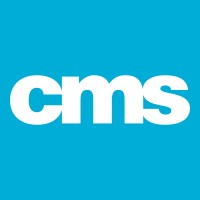
Charlotte-Mecklenburg Schools
The mission of Charlotte-Mecklenburg Schools is to create an innovative, inclusive, student-centered environment that supports the development of independent learners. The vision of Charlotte-Mecklenburg Schools is to lead the community in educational excellence, inspiring intellectual curiosity, creativity, and achievement so that all students reach their full potential. About CMS Charlotte-Mecklenburg Schools (CMS) provides academic instruction, rigor and support each school day to more than 141,000 students in kindergarten through 12th grade in 186 schools throughout the cities and towns of Mecklenburg County. CMS believes setting high standards for all students creates a greater opportunity for future success – in our communities, within the region and across our diverse and global society. Each day, CMS students are prepared to be leaders in a technologically savvy and globally competitive world. CMS is proud of its diverse mix of students who represent 160 different countries and various cultural and ethnic backgrounds. CMS offers an extensive range of magnet programs in 38 of its schools to nurture the talents of students who have interest and ability in specific areas. CMS also educates, supports, and meets the needs of students with learning and physical disabilities. CMS is one of the largest employers in Mecklenburg County with approximately 18,000 teachers, support staff and administrators. CMS is fortunate to have tremendous support from Charlotte’s corporate, faith and business communities and more than 90,000 mentors and volunteers that support learning and instruction in CMS classrooms. The public school system in Charlotte-Mecklenburg has a rich and intricate history. Built upon the efforts of many individuals who firmly believed in the importance of education to this community, public schools in this area have had a tremendous impact on the growth and economy of the region – as well as the thousands of individuals it has served.






